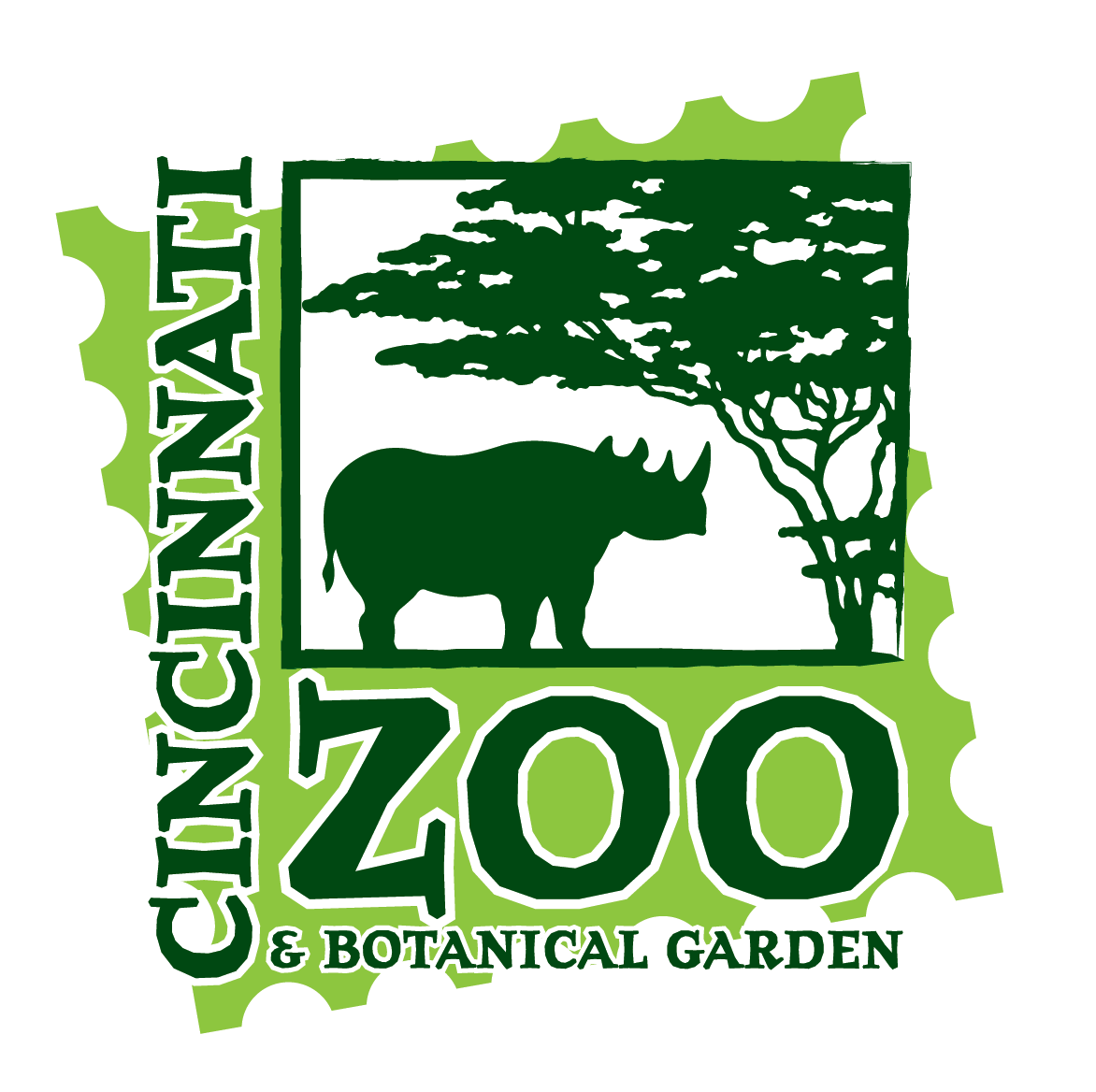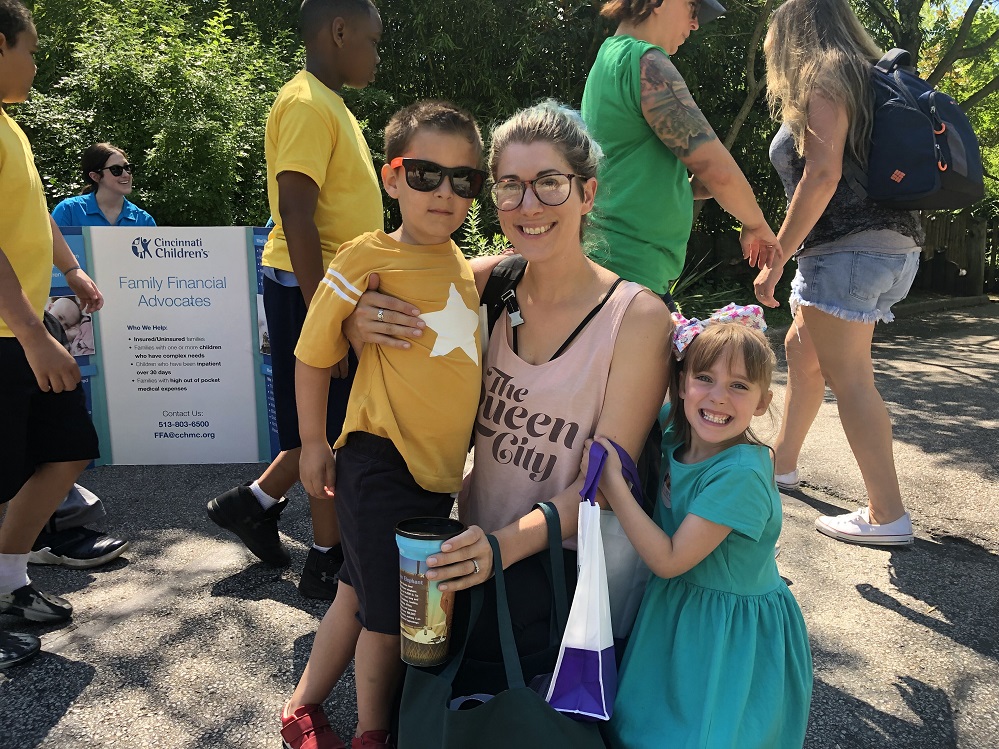Access for All Day Draws Thousands to the Cincinnati Zoo to Celebrate Inclusion
 CINCINNATI (June 25, 2019) – The Cincinnati Zoo & Botanical Garden, in partnership with Cincinnati Children’s Hospital Medical Center (CCHMC), has been working hard to become the most welcoming, accessible, and inclusive Zoo for individuals with developmental disabilities and their families. Today, during the second annual Zoo Access for All Day, thousands of people got to check out what the Zoo has done to ensure that all members of the community have the opportunity to make a positive connection to wildlife and wild places!
CINCINNATI (June 25, 2019) – The Cincinnati Zoo & Botanical Garden, in partnership with Cincinnati Children’s Hospital Medical Center (CCHMC), has been working hard to become the most welcoming, accessible, and inclusive Zoo for individuals with developmental disabilities and their families. Today, during the second annual Zoo Access for All Day, thousands of people got to check out what the Zoo has done to ensure that all members of the community have the opportunity to make a positive connection to wildlife and wild places!
“Who knew that year two could be better than the inaugural year? More than 6500 visitors showed up today and got to learn about what the Zoo and about 40 other organizations do in our community to focus on families and individuals with developmental disabilities,” said Rhiannon Hoeweler, Cincinnati Zoo’s VP of Visitor Engagement and Fun. “We are normalizing the developmental disability community for visitors who may not be touched by people with different needs!”
Hundreds of Zoo employees and volunteers have participated in training provided by CCHMC’s Leadership Education in Neurodevelopmental and related Disabilities (LEND) program to learn how to better engage with the developmental disability community. In addition to teaching staff skills to promote inclusion, the Zoo offers adult-sized changing tables, sensory maps, a skip-the-line rides access pass, social narratives, visual supports, and sensory bags filled with oral motor chewy tubes, fidgets, noise canceling headphones, sunglasses, etc. New sensory gardens are a place to sit when feeling a little overwhelmed and invite visitors to use their senses to explore carefully curated container gardens.
A calming room and another family restroom that is sensory friendly will be ready later this year, and an Adventure Ropes course with ADA accessible components will open in the spring of 2020!
The Zoo is committed to providing all members of our community, no matter their ability, economic status, social structure or race, with the opportunity to make a positive connection to wildlife and wild places. That commitment is emphasized in the Zoo’s vision for the future, and funds raised for its More Home to Roam capital campaign will be used to make the Zoo experience better for everyone.

